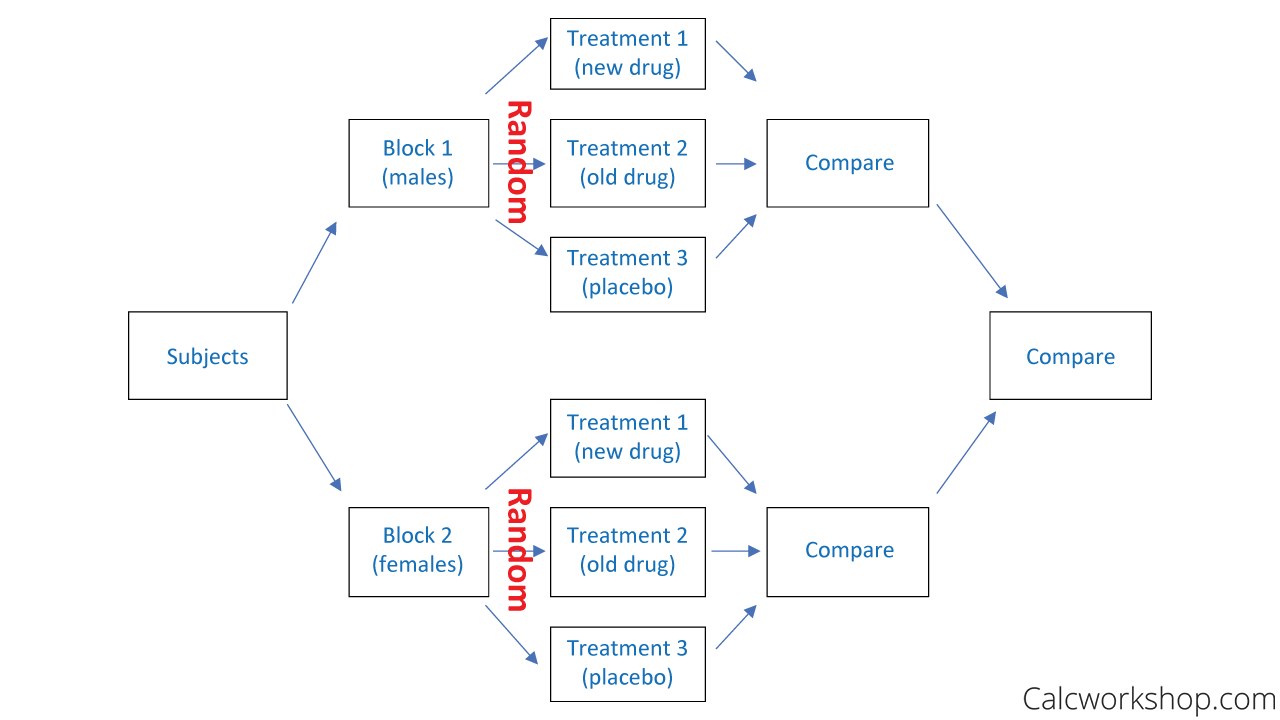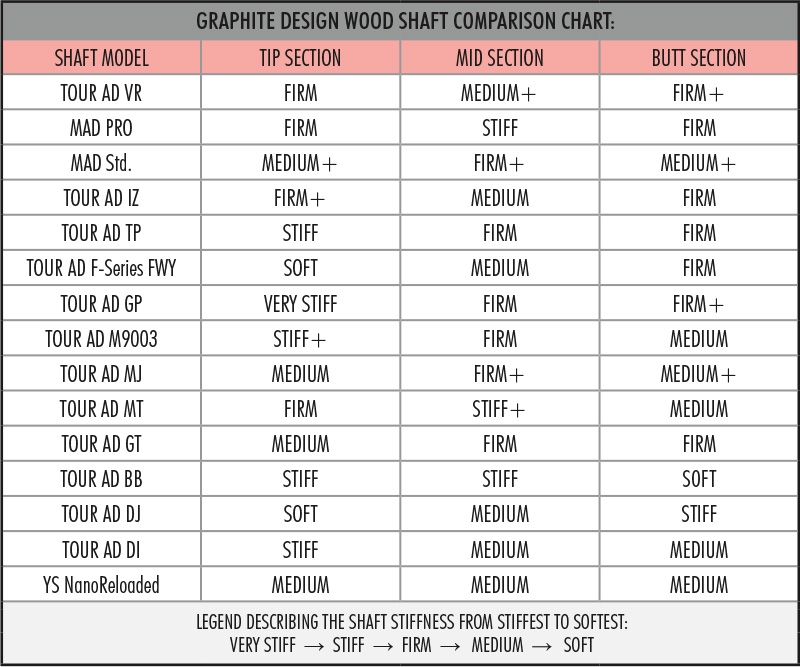Table Of Content

In other words, it is when you gather two or more variables and compare and test them in controlled environments. Next is a paragraph detailing who the participants were and how they were selected, placed into groups, and assigned to a particular treatment order, if the experiment was a repeated-measures design. And although not a part of the design per se, a statement about obtaining written informed consent from participants and institutional review board approval is usually included in this subsection.
Analyzes the Cause-Effect Relationship
A factorial design could reveal that age is a crucial factor, something you might miss if you only studied the drug's effectiveness in general. It's like being a detective who looks for clues not just in one room but throughout the entire house. It wants to be just like its famous relative, but it's a bit more laid-back and flexible. You'll find quasi-experimental designs when it's tricky to set up a full-blown True Experimental Design with all the bells and whistles.
IX. Chapter 9: Factorial Designs
A survey consists of a group of questions prepared by the researcher, to be answered by the research subject. This is very common in educational research, where administrators are unwilling to allow the random selection of students for experimental samples. In a static-group comparison study, 2 or more groups are placed under observation, where only one of the groups is subjected to some treatment while the other groups are held static.
Experimental Research Designs: Types, Examples & Methods
Another type is a fatigue effect, where participants perform a task worse in later conditions because they become tired or bored. Being tested in one condition can also change how participants perceive stimuli or interpret their task in later conditions. For example, an average-looking defendant might be judged more harshly when participants have just judged an attractive defendant than when they have just judged an unattractive defendant.

There are several actions that could trigger this block including submitting a certain word or phrase, a SQL command or malformed data. Inferential statistics are used to make inferences or generalizations about a larger population based on the data collected in the study. This involves systematically varying the order in which participants receive treatments or interventions in order to control for order effects. This design involves grouping participants within larger units, such as schools or households, and then randomly assigning these units to different treatment groups.
Therefore, the quasi-experimental research bearing a resemblance to the true experimental research, but not the same. In quasi-experiments, the participants are not randomly assigned, and as such, they are used in settings where randomization is difficult or impossible. The types of experimental research design are determined by the way the researcher assigns subjects to different conditions and groups.
IV. Chapter 4: Psychological Measurement
The intertwining of study design and statistical analysis may have been caused (unintentionally) by R.A. As a result, many ANOVA books were titled Experimental Design (see, for example, Edwards12), and ANOVA courses taught in psychology and education departments included the words experimental design in their course titles. The role of study design is explored from the introduction of the concept by Fisher through modern-day scientists and the AMA Manual of Style. At one time, when experiments were simpler, the study design and statistical design were identical or very similar. The independent variables are the experimental treatment being exerted on the dependent variables. Extraneous variables, on the other hand, are other factors affecting the experiment that may also contribute to the change.
Importance of Experimental Research Design
Or imagine an experiment designed to see whether people with social anxiety disorder remember negative adjectives (e.g., “stupid,” “incompetent”) better than positive ones (e.g., “happy,” “productive”). The researcher could have participants study a single list that includes both kinds of words and then have them try to recall as many words as possible. The researcher could then count the number of each type of word that was recalled.
A/B Testing: A Complete Guide to Statistical Testing by Francesco Casalegno - Towards Data Science
A/B Testing: A Complete Guide to Statistical Testing by Francesco Casalegno.
Posted: Wed, 17 Feb 2021 08:00:00 GMT [source]
Experimental design is a process of planning and conducting scientific experiments to investigate a hypothesis or research question. It involves carefully designing an experiment that can test the hypothesis, and controlling for other variables that may influence the results. Here, the groups are kept under observation after identifying the cause-and-effect factors. The method is commonly used by researchers to understand whether further investigations are needed for the observed groups. The more control the researcher has over the internal and extraneous variables, the better it is for the results. There may be different circumstances when a balanced experiment is not possible to conduct.
That is why are are different research designs to accommodate the needs of researchers. With experimental research, researchers can also collect detailed information about the participants by doing pre-tests and post-tests to learn even more information about the process. With the result of this type of study, the researcher can make conscious decisions. “Statistical Design” or, preferably, “Statistical Analysis” or “Data Analysis” should be the last subsection of the “Methods” section. Study, experimental, or research design is the backbone of good research. It directs the experiment by orchestrating data collection, defines the statistical analysis of the resultant data, and guides the interpretation of the results.
Nope, they want to study two or more at the same time to see how they interact. Pre-experimental designs are great for quick-and-dirty research when you're short on time or resources. They give you a rough idea of what's happening, which you can use to plan more detailed studies later. Randomly allocating participants to independent variable conditions means that all participants should have an equal chance of taking part in each condition.

Factorial designs are widely used in psychology to untangle the web of factors that influence human behavior. They're also popular in fields like marketing, where companies want to understand how different aspects like price, packaging, and advertising influence a product's success. Factorial Design became the talk of the town with the rise of computers.
But if the treatment works and reduces people’s level of prejudice, then they would no longer be suitable for testing in the control condition. This difficulty is true for many designs that involve a treatment meant to produce long-term change in participants’ behavior (e.g., studies testing the effectiveness of psychotherapy). The primary disadvantage of within-subjects designs is that they can result in order effects. An order effect occurs when participants’ responses in the various conditions are affected by the order of conditions to which they were exposed. A carryover effect is an effect of being tested in one condition on participants’ behavior in later conditions. One type of carryover effect is a practice effect, where participants perform a task better in later conditions because they have had a chance to practice it.
The independent variable of a study often has many levels or different groups. Thus, when everything else except for one intervention is held constant, researchers can certify with some certainty that this one element is what caused the observed change. An alternative to simple random assignment of participants to conditions is the use of a matched-groups design. Using this design, participants in the various conditions are matched on the dependent variable or on some extraneous variable(s) prior the manipulation of the independent variable. This guarantees that these variables will not be confounded across the experimental conditions. For instance, if we want to determine whether expressive writing affects people’s health then we could start by measuring various health-related variables in our prospective research participants.
The Three Types of A/B Tests. If you work in or around data you’ll… by Carson Forter - Towards Data Science
The Three Types of A/B Tests. If you work in or around data you’ll… by Carson Forter.
Posted: Sat, 30 Dec 2017 08:00:00 GMT [source]
Experimental research design delivers a clear and transparent procedure of study that helps in enhancing the credibility of the results. Therefore, this kind of research design method is used in situations where the assignment to a specific group is complex, impossible, or not required. The aim is to provide a snapshot of some of themost exciting work published in the various research areas of the journal. When scientists make new medicines or come up with a new type of treatment, they have to test those thoroughly to make sure the results will be unanimous and effective for every individual.
Secondly, it's useful when resources are limited and it's not feasible to roll out a new treatment to everyone at once. Lastly, because everyone eventually receives the treatment, it can be easier to get buy-in from participants or organizations involved in the study. Imagine you're trying out a new gardening technique, but you're not sure how well it will work.









